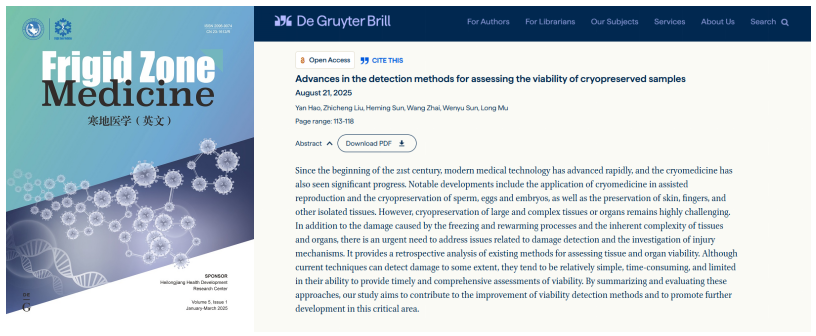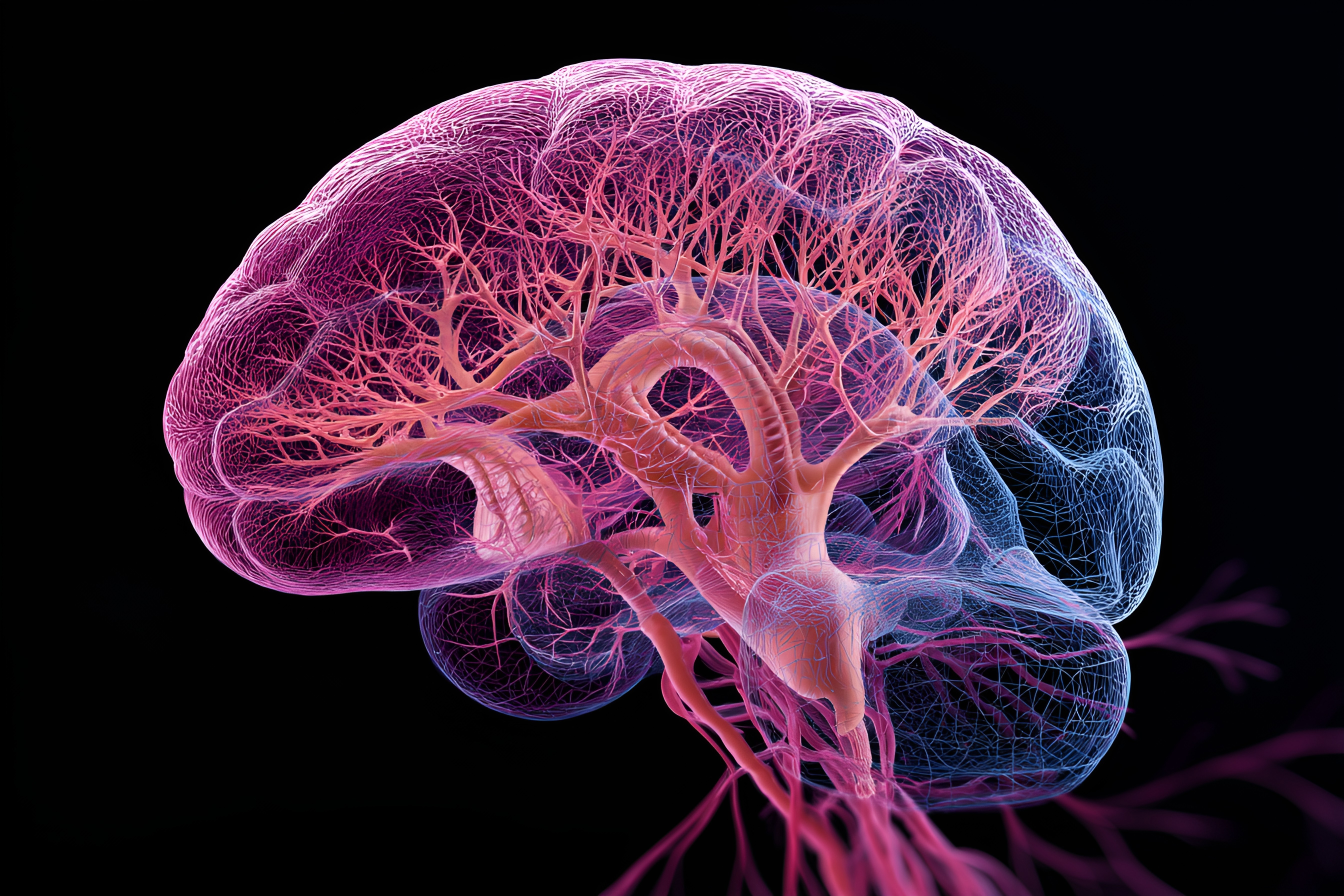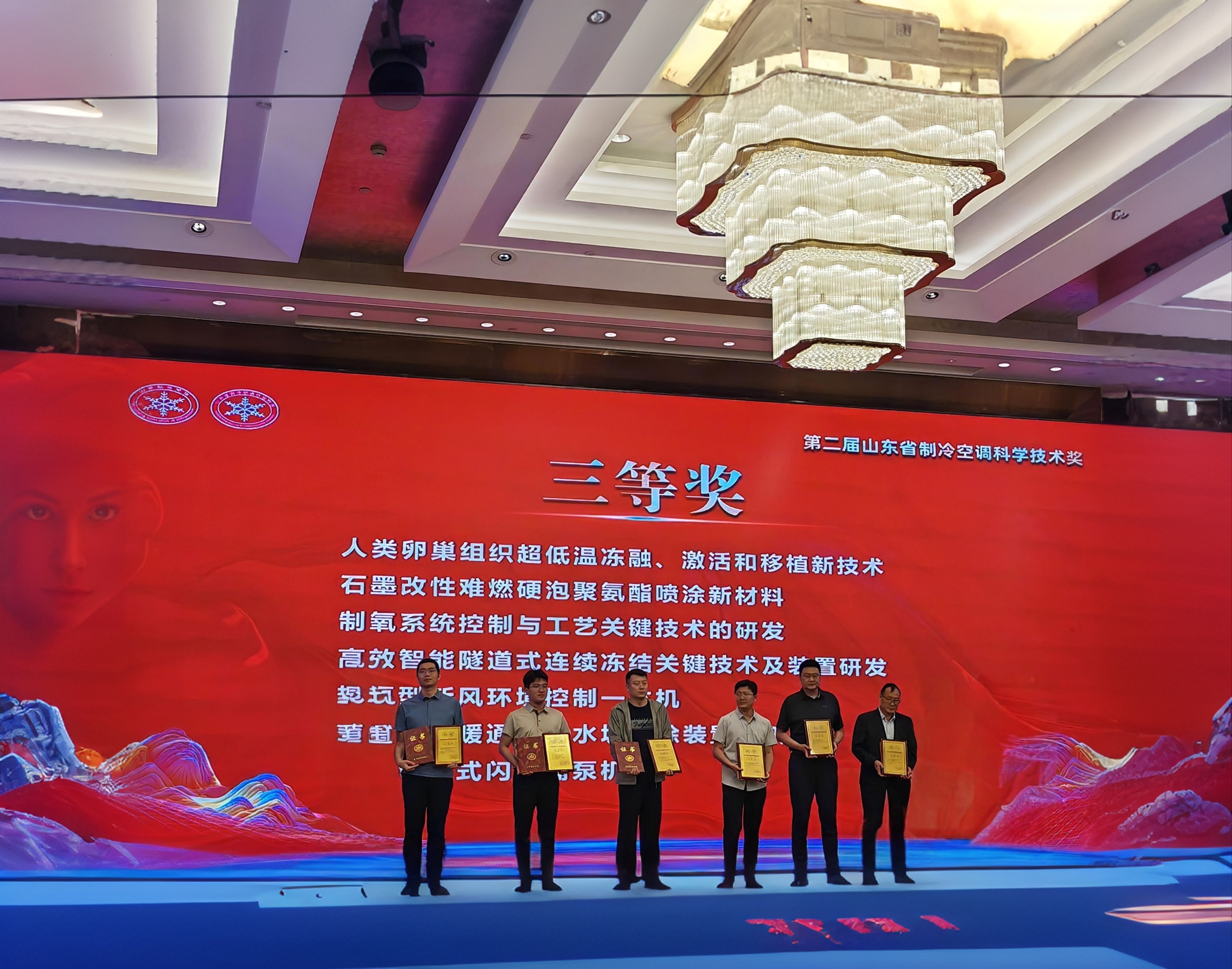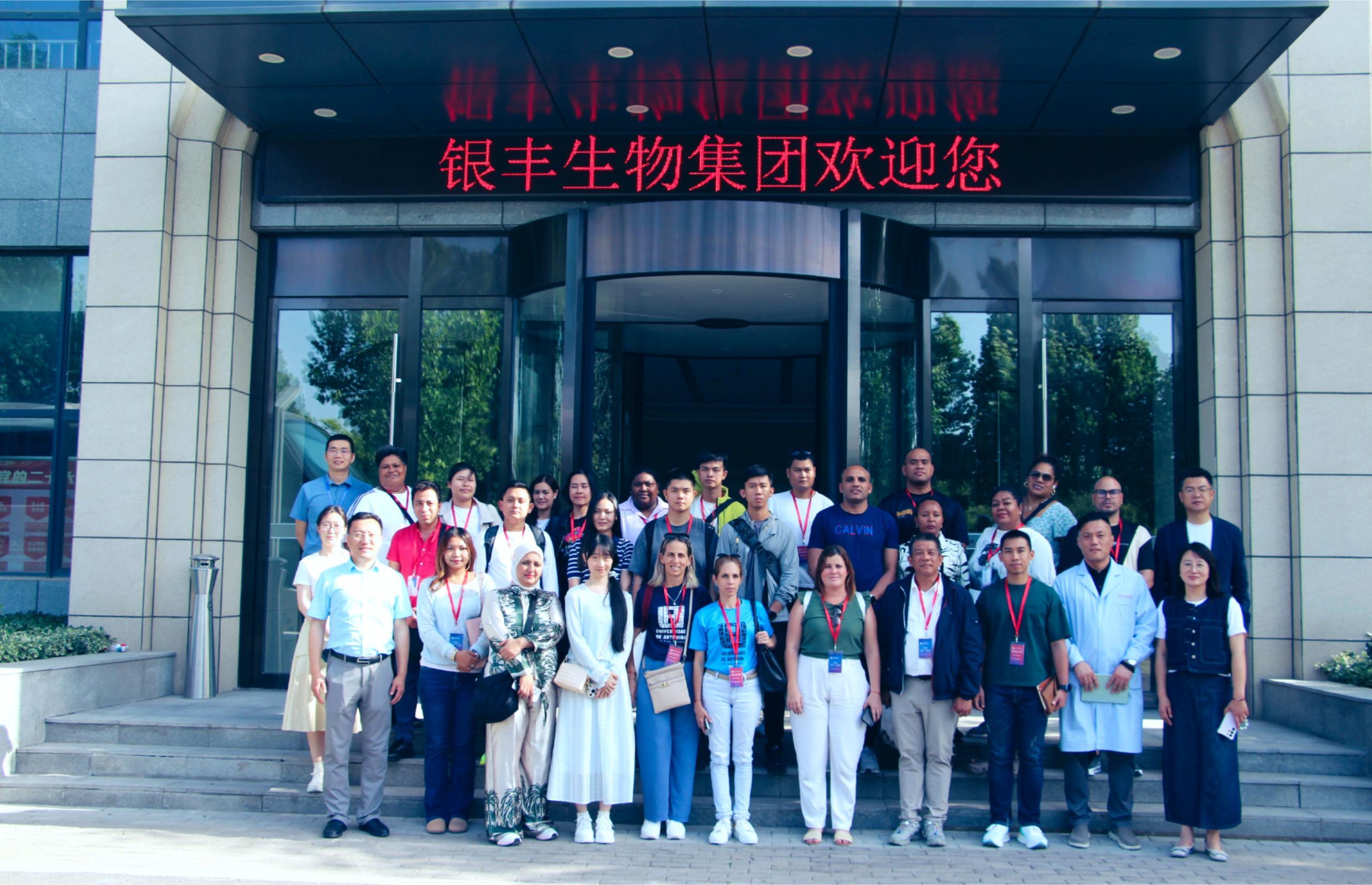The inaugural meeting of the International Alliance for Life Extension Research has received wide attention from the society
Release time:
2023-03-28
On March 28, 2023, the kick-off meeting of the International Alliance for Life Extension Research was held in Yinfeng Biotechnology Park, Jinan, Shandong. The "International Alliance for Life Extension Research" was initiated by Shandong Yinfeng Life Science Research Institute, and jointly established by 13 international scientific research institutions engaged in the field of cryogenic biomedicine from North America, Europe, Oceania, etc.

The conference was hosted by Shandong Yinfeng Life Science Research Institute, co-organized by Shandong Refrigeration Society and Shandong University Advertising Research Center, Counselor of Shandong Provincial Government, Jinan Science and Technology Bureau, Jinan Municipal Health Commission, Jinan High-tech Entrepreneurship Service Center and other relevant leaders, as well as experts from Shandong University, Shandong University Qilu Hospital and other cooperative units attended the conference, and received great attention and attention from leaders at all levels. The official website of the Management Committee of Jinan High-tech Industrial Development Zone and other news media jointly released by People's Daily, China Daily, Jinan Daily and other news media.

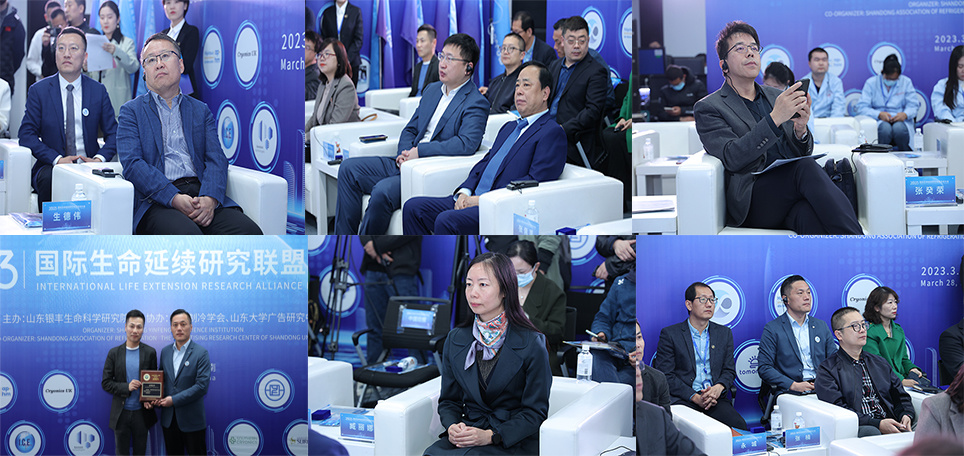
The purpose of this conference is to conduct academic exchanges in the field of cryogenic biomedical preservation, focusing on topics such as "scientific and technological innovation" and "future technology", and conducting on-site exchanges. Biostasis Technologies (USA), SOCIÉTÉ CRYONICS DE FRANCE (France), Southern Cryonics and CryoPath (Australia), University of Surrey (UK), Tomorrow Bio / European Biostasis Foundation (Switzerland/Germany), 13 foreign institutions, including the University of Seville (Spain), participated and shared the theme.
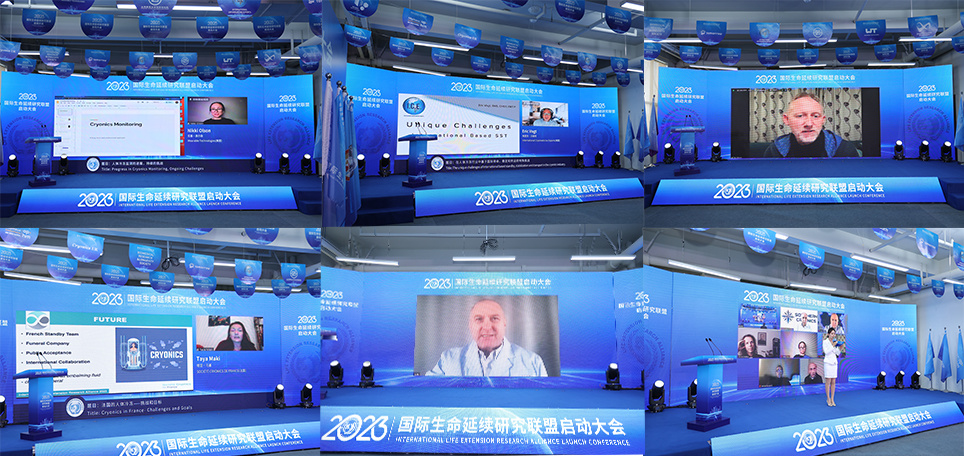
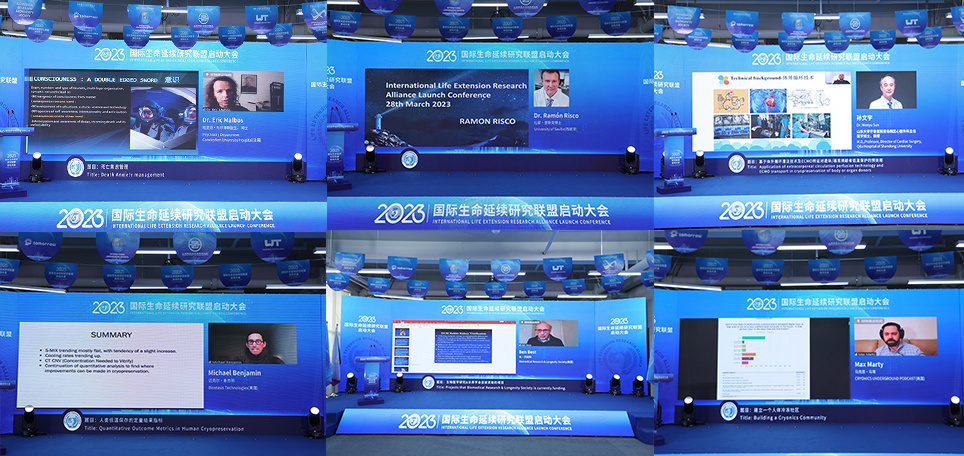
Innovation drives development, science and technology create the future. The conference has received the attention of leaders at all levels, which is the support and encouragement of Yinfeng cryogenic medical scientific research work, and the "International Alliance for Life Extension Research" will work together with international cryogenic biomedical research institutions to take the development of biomedical technology for all mankind as its own responsibility, and gradually establish an international cryogenic biomedical research results sharing platform, open a new chapter in the field of international cryogenic biomedical cooperation, and work together for the dream of human life continuation.
Latest developments
Over the two days, the symposium was not only a collision of ideas but also seeds sown to advance social progress in life culture. The Shandong Yinfeng Life Science Public Welfare Foundation will continue to use technology as wings and culture as roots, collaborating with all sectors of society to enhance the quality of life for the Chinese people and build a human-centered life care system.
According to recent announcements by the Jinan Municipal Bureau of Science and Technology, 11 outstanding achievements from Jinan have been included in the 2025 "Shandong Outstanding Achievements Report" project. Among them is the globally first-of-its-kind ovarian tissue dual-activation technology developed by Shandong Silver Med Life Science Research Institute (Jinan).
Recently, Frigid Zone Medicine, an authoritative international journal in the field of cryomedicine, published an important review titled "Advances in the Detection Methods for Assessing the Viability of Cryopreserved Samples". Written by the team of Yinfeng Cryomedical Research Center, the article systematically reviews and analyzes various detection techniques currently used to evaluate the viability of cryopreserved cells, tissues, and organs. It also proposes key directions from the perspectives of methodological integration and future instrument development, offering crucial theoretical support and practical guidance for the long - term cryopreservation of complex tissues and organs.
Recently, the "Novel Technology for Ultra-Low Temperature Cryopreservation, Activation, and Transplantation of Human Ovarian Tissue," developed through a collaborative effort between Shandong Yinfeng Life Science Research Institute and Beijing University of Chinese Medicine Shenzhen Hospital, has been awarded the 2025 Shandong Refrigeration and Air Conditioning Science and Technology Award. This groundbreaking technology pioneers a new pathway for female fertility preservation, marking a significant leap in China’s interdisciplinary advancements in reproductive medicine and cryobiology.
On May 19, a delegation from the Chinese Training Workshop for Government Officials of Developing Countries visited the exhibition hall of Yinfeng Biological Group's Cryomedicine Research Center. Government officials from multiple countries gained in-depth insights into Yinfeng’s innovative achievements in cryobiomedicine, cell storage, genetic technology, and other fields. They engaged in discussions with the delegation on technology transfer and international cooperation, contributing to the building of a global community with a shared future for humanity.





